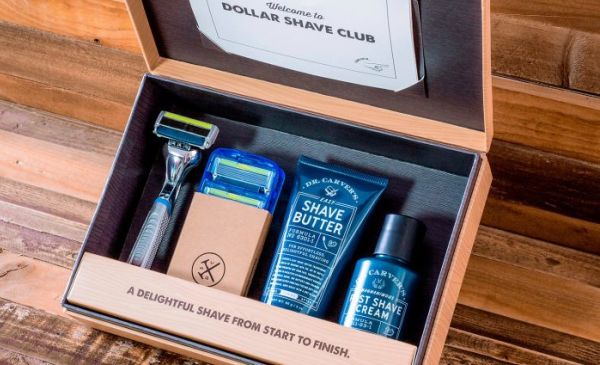
All companies and entrepreneurs aspire to be innovative and responsive to customer needs. But how do you balance the seemingly endless customer wish list with the very real effects that those “extras” have on your bottom line?
My colleagues and I have spent the last several years researching low-cost businesses that exceed customer expectations with less, what we call Costovation. How did these companies spend less while innovating more? We found three directives that these companies followed:
1. Dare To Have A Different Approach
Every industry has its own lore: war stories and folktales describing great challenges, turnarounds, and failures. Embedded in those stories are assumptions about how the industry runs and how a business in that market is supposed to look. Find those assumptions and defy them.
For years, the razor industry was in a cutthroat race to premiumization, with razor brands like Gillette and Schick spending millions on heating elements and adding yet another blade. When Dollar Shave Club launched its no-frills razor, the shaving giants initially wrote them off; they couldn’t fathom that people would be content with such a basic product. But they were wrong—for a sizable number of men and women, a straightforward, dependable razor was all they needed. Just like that, the industry lore around razor features came crumbling down.
To create a fundamentally new low-cost business, dare to explore the merits of “unthinkable” moves like eliminating certain features or pursuing an unpopular customer type. Your customers may not actually need all the features and elements that the industry has long thought they need. Just because your industry has always done it one way doesn’t mean that that is the best or only way.
2. Focus Only On What Matters, And Ignore The Rest
Low-cost business models require discipline and relentless prioritization. This doesn’t have to be as scary as it sounds. You should take pride in the trade-offs you make, because those choices are what differentiate your business and brand from your competitors.
Planet Fitness, for example, chooses to offer mostly cardio equipment, instead of investing in extensive heavy free weights. That’s a carefully calculated decision that plays earnestly to what first-time and casual exercisers want.
Quip, the venture capital-funded electric toothbrush company, practices the same philosophy. Quip believes that it’s not the toothbrush itself that leads to good oral health, but the healthy habit of using it regularly and properly. As a result, the Quip toothbrush isn’t fancy—“no excessive power or unnecessary modes,” as its website proclaims—but it does a few key tasks exceedingly well: getting people to brush their teeth for a full two minutes, and helping them replace their toothbrush bristles regularly.
3. Innovate Deep Within The Business—Not Just On The Product
One of the most common mistakes that businesses make when it comes to innovation is thinking that the only place where they can or should innovate is with the product. After all, the product is what their customers can see and interact with.
Entrepreneurs aren’t wrong to be investing there, but they are oftentimes overlooking a huge opportunity to innovate on the inside of the business. Consider the following examples:
- The Australian software company Atlassian grew to a $5.8 billion valuation without a sales department, instead launching creative grassroots marketing techniques to get the word out
- Framebridge, a startup with more than $37 million in venture capital funding, makes picture framing affordable and fast by limiting its frame selection to the most popular looks only
- Wayfair reduces the costs of being a furniture retailer because it doesn’t have huge warehouses. Instead, Wayfair puts its efforts into creating a great website that connects shoppers to a network of furniture makers. When a customer purchases an item, it’s up to the manufacturer to ship purchases directly to them
As you design and build out your business model, apply what you know about innovation to your operations—particularly in how you make, deliver, and sell your offering. You’ll be surprised by the opportunities you find.
No one sets out to build a complicated business. But the natural evolution of businesses over time is to add and complicate. Fight that urge, and costovate instead. Be bold in your approach to the market and your business model, and constantly ask yourself if your business aligns with what really matters to your customers.
Contributed to Branding Strategy Insider by Stephen Wunker, Author of JOBS TO BE DONE: A Roadmap for Customer-Centered Innovation
The Blake Project Can Help You Create A Brighter Competitive Future In The Jobs To Be Done Workshop
Branding Strategy Insider is a service of The Blake Project: A strategic brand consultancy specializing in Brand Research, Brand Strategy, Brand Growth and Brand Education
FREE Publications And Resources For Marketers
No comments:
Post a Comment